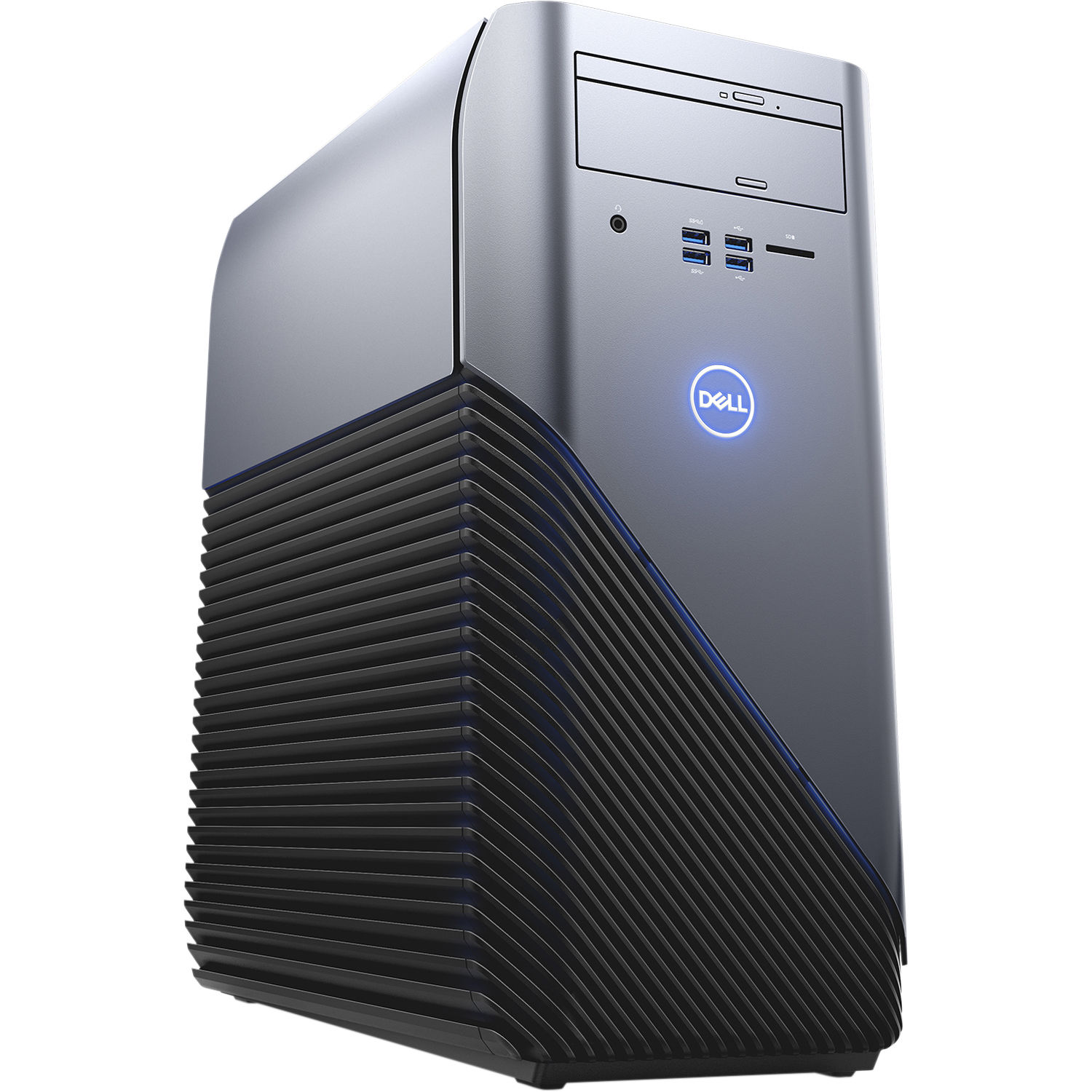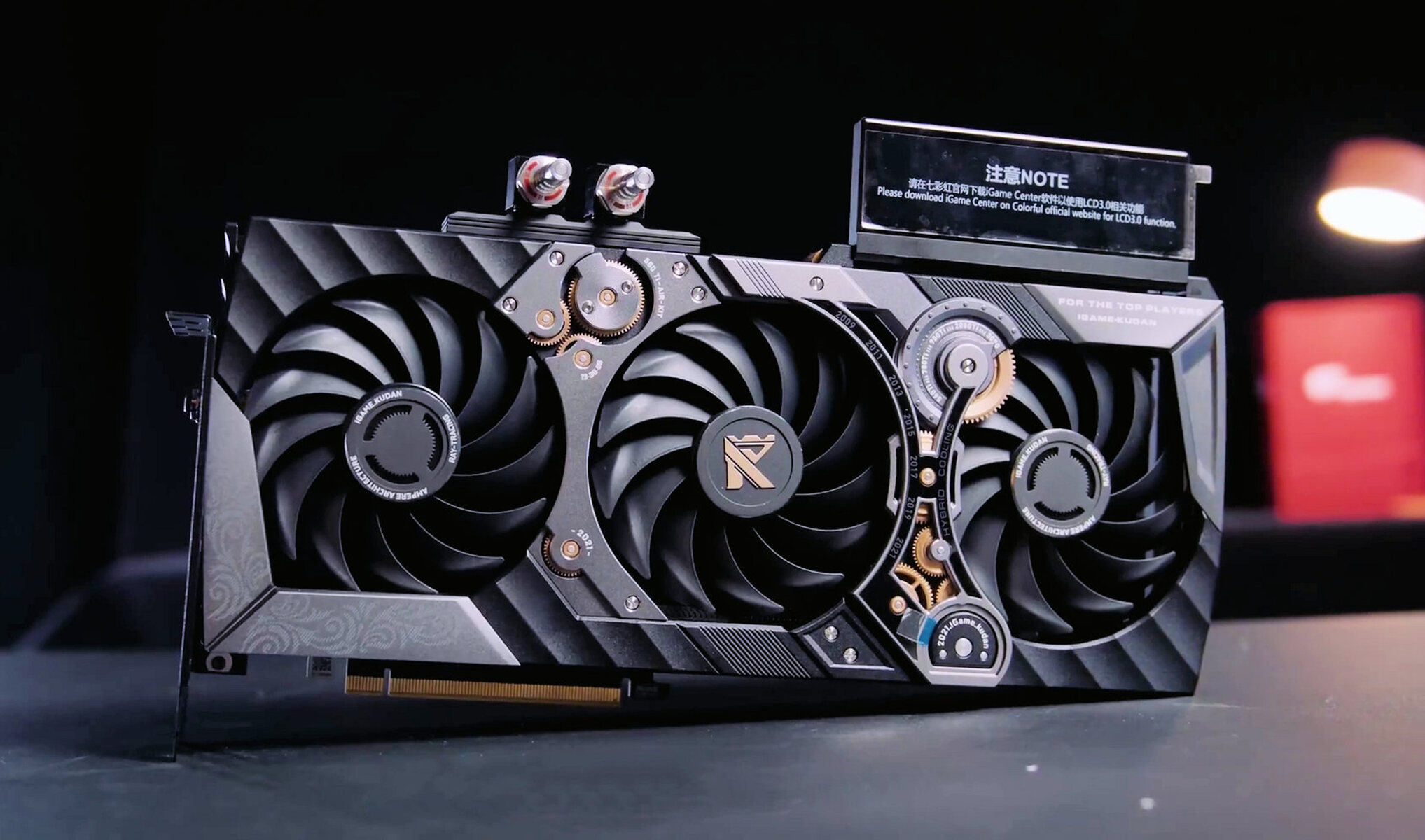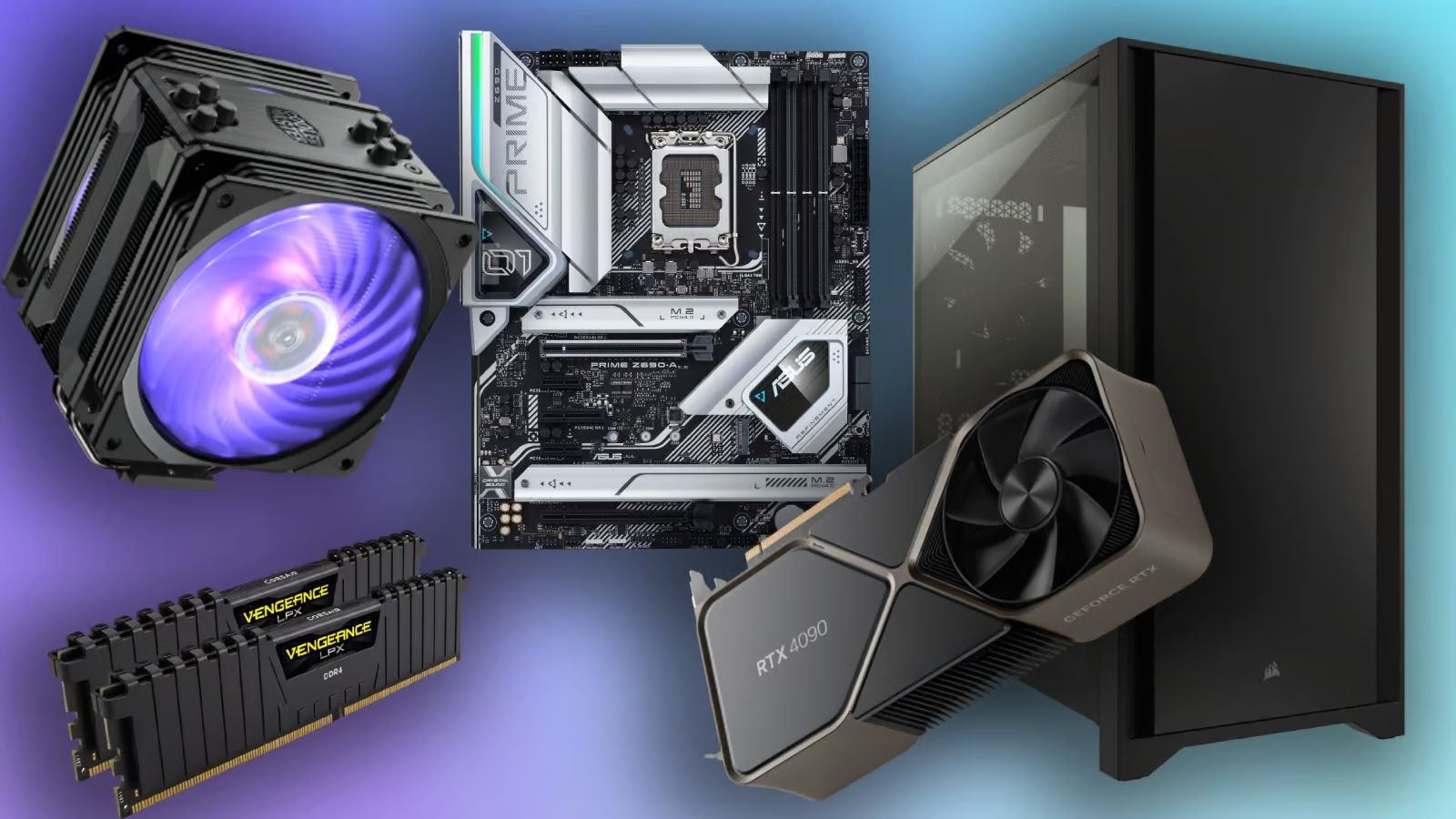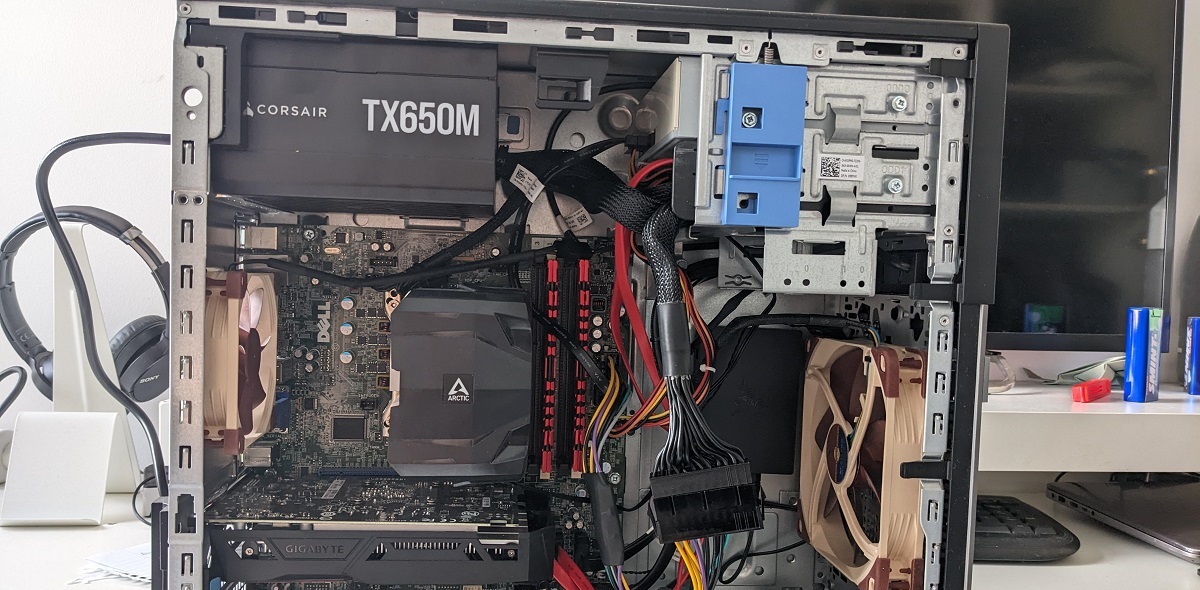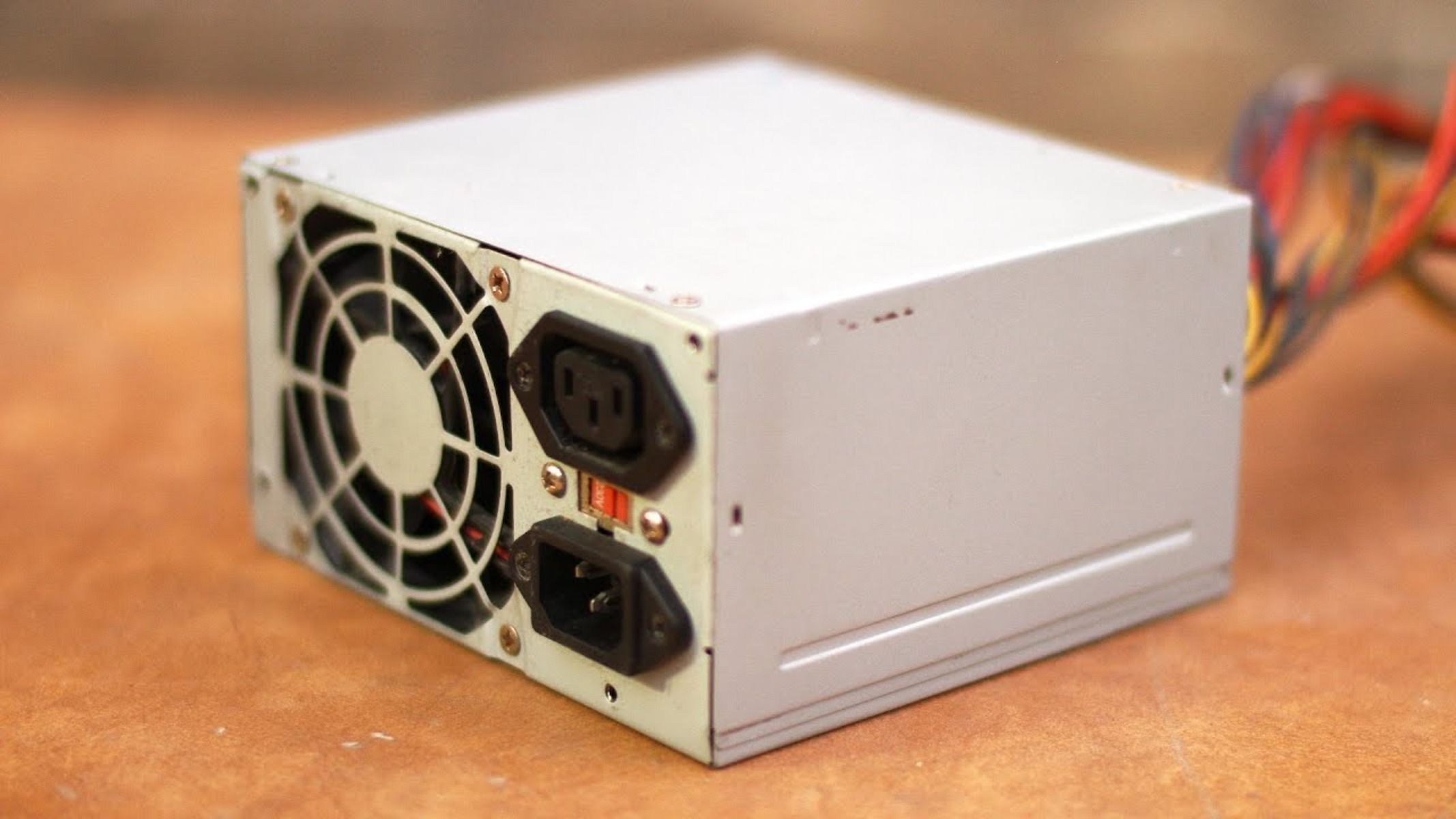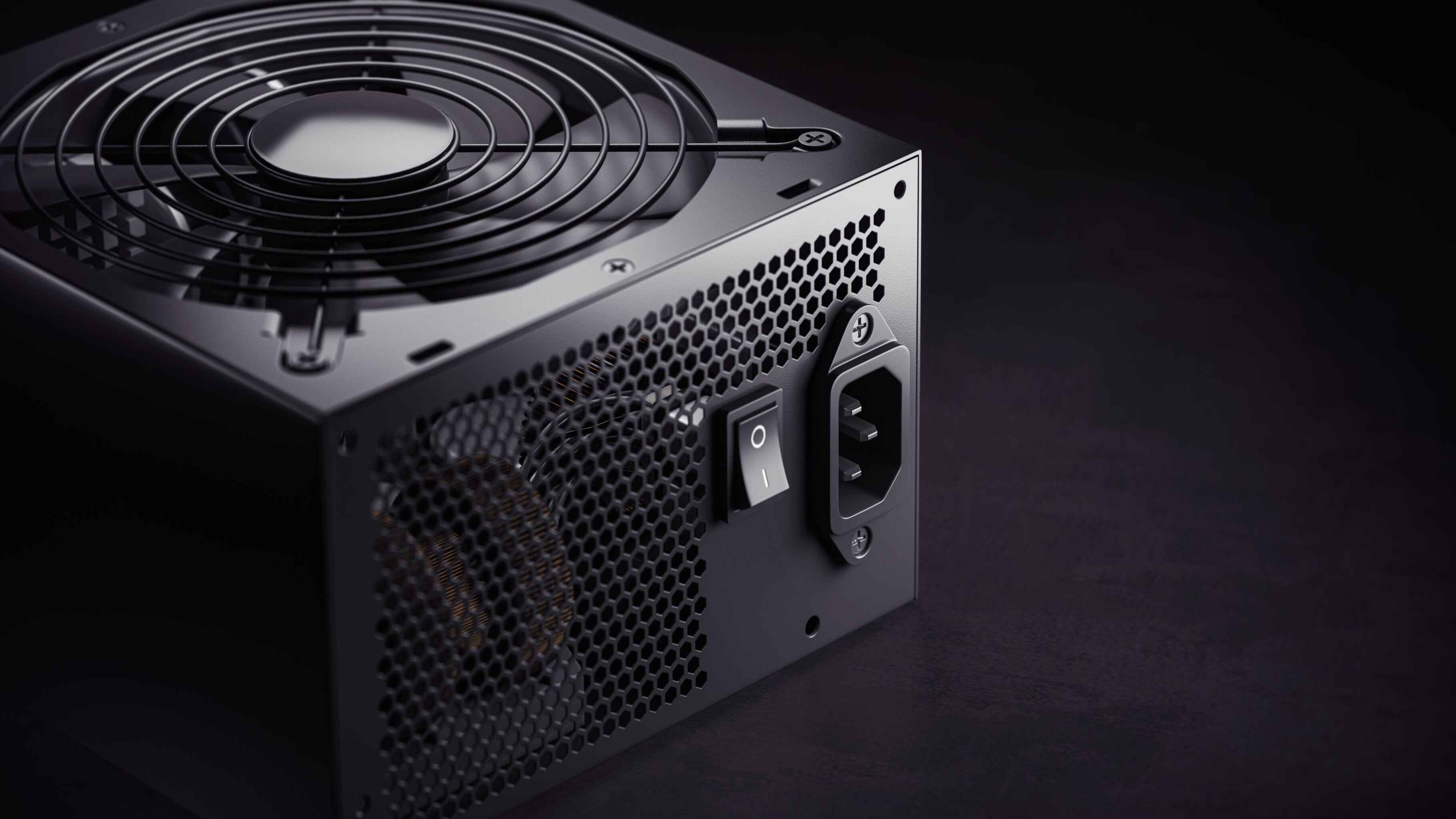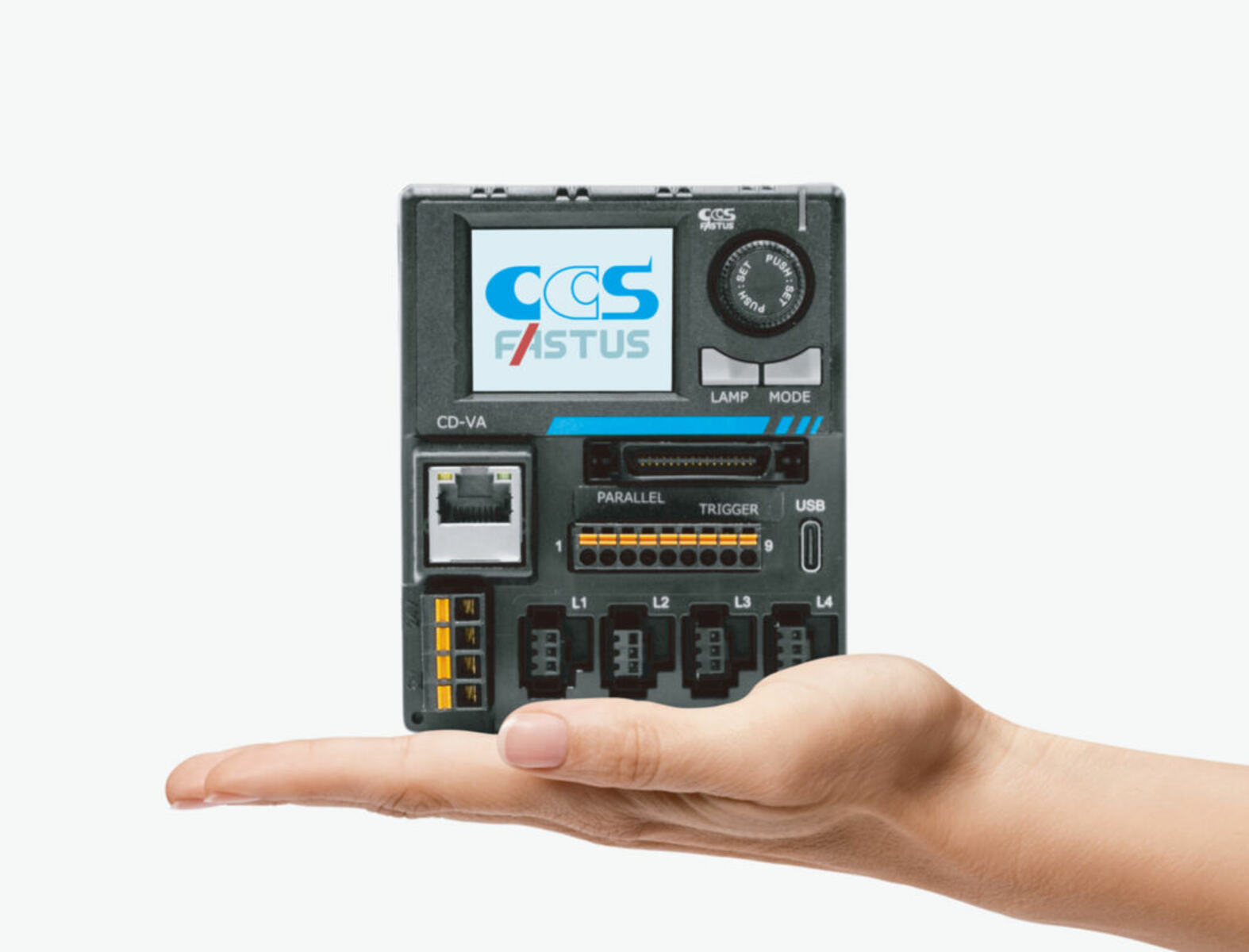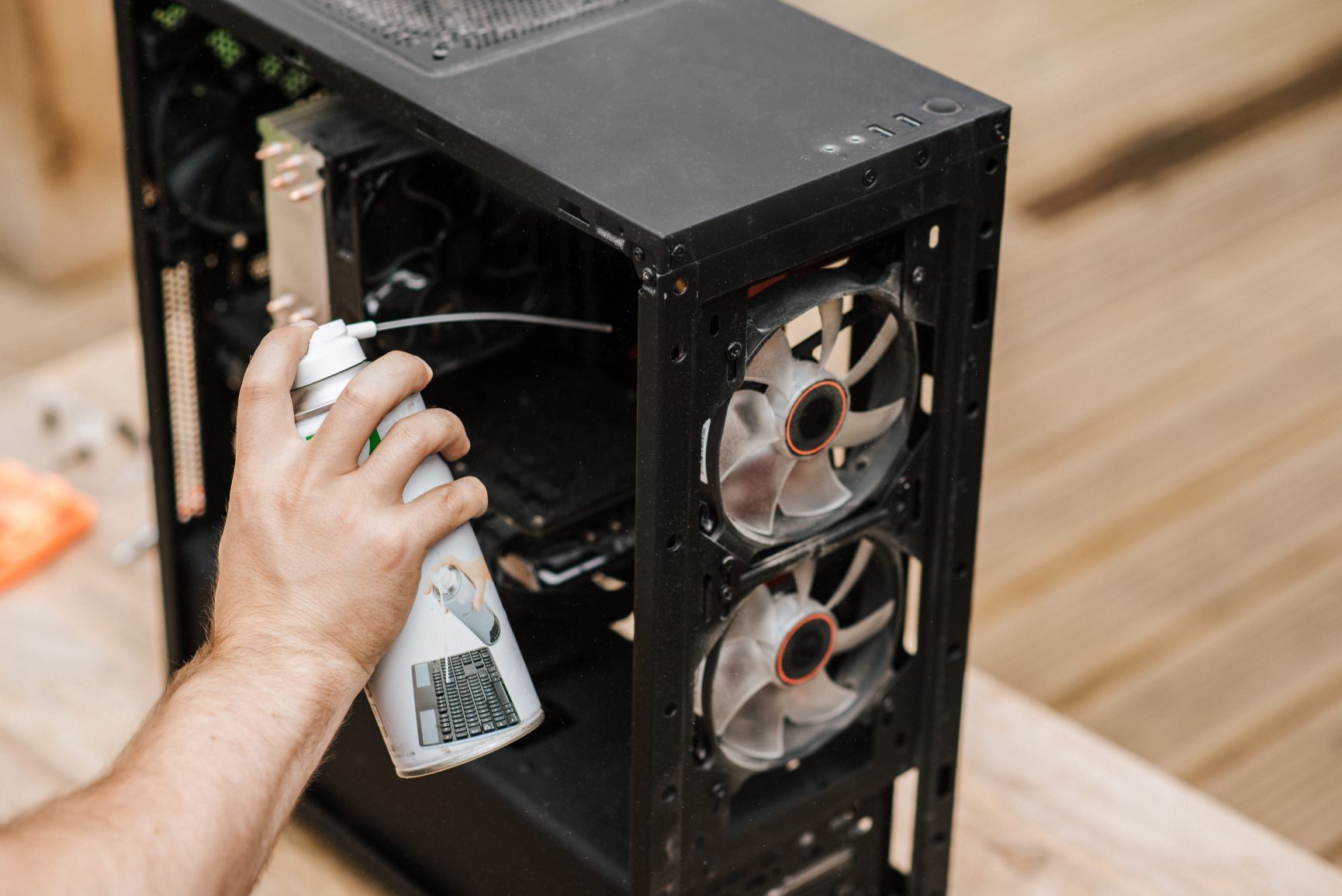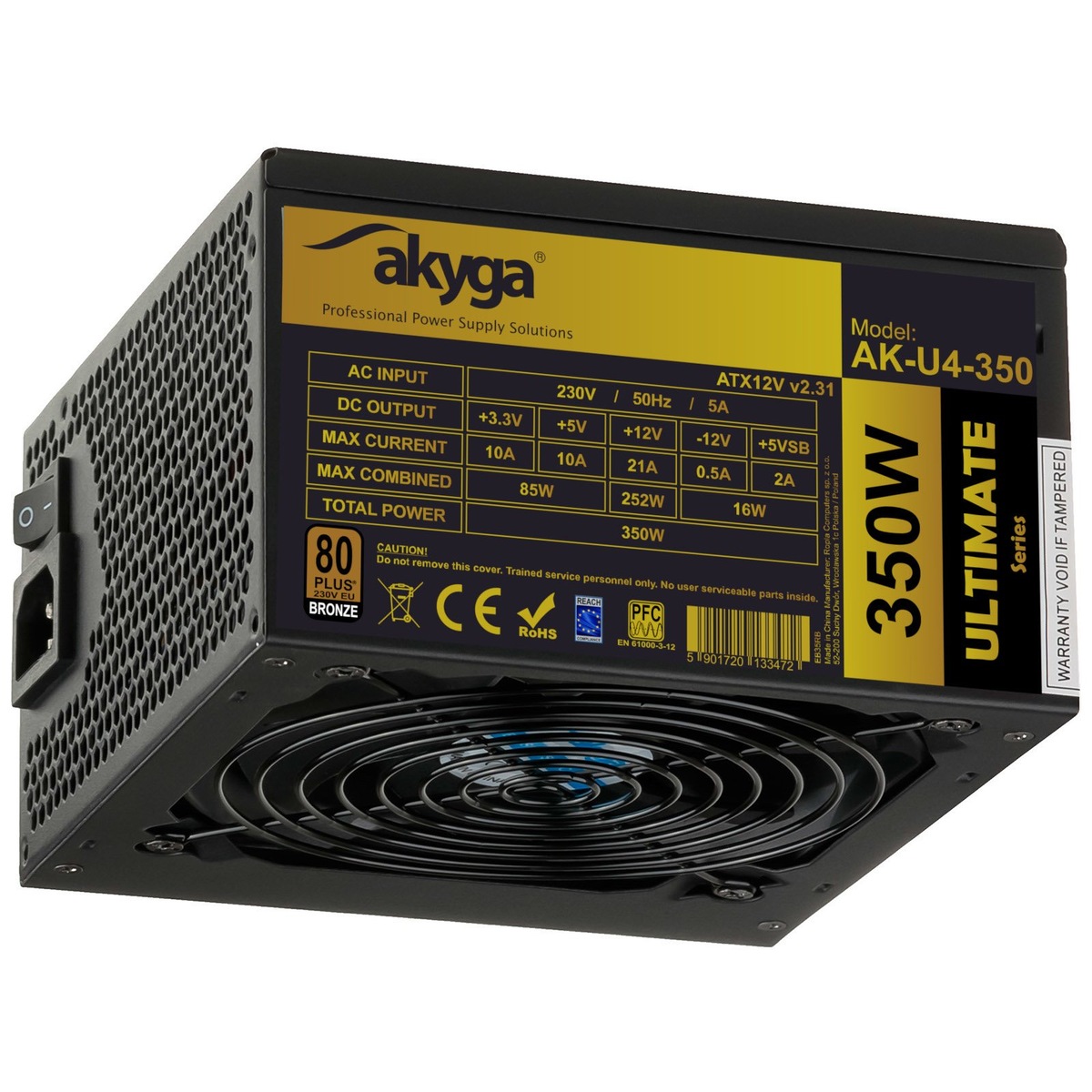Introduction
Welcome to the world of Dell computers, where innovation meets performance. If you own a Dell computer, then you know the importance of keeping your system running smoothly and efficiently. One crucial aspect of maintaining your Dell computer is ensuring that its power supply unit (PSU) is in good working condition. This is where the PSU BIST test comes into play.
PSU BIST stands for Power Supply Unit Built-In Self Test. It is a diagnostic tool that helps identify and troubleshoot potential issues with the power supply unit of your Dell computer. By running the PSU BIST test, you can proactively assess the health of your power supply unit and take necessary actions to avoid any sudden power-related failures.
The PSU BIST test is designed to check the overall functionality of the power supply unit, ensuring that it is delivering the required power to all internal components of your Dell computer. It helps detect problems such as insufficient power output, voltage irregularities, or power supply failures. By recognizing these issues early on, you can prevent system crashes, data loss, and even hardware damage.
Performing the PSU BIST test on your Dell computer is an important step in maintaining its performance and longevity. In this article, we will dive deeper into how the PSU BIST test works, its benefits, when you should perform it, how to perform it on Dell computers, and troubleshooting common issues that may arise during the test.
What is PSU BIST Test?
The PSU BIST test, or Power Supply Unit Built-In Self Test, is a diagnostic tool that allows Dell computer users to assess the health of their power supply unit. It is a pre-OS (Operating System) level test that is built into the computer’s firmware and can be executed before the computer fully boots up.
The main purpose of the PSU BIST test is to check the power supply unit for any potential issues or defects that could affect the computer’s performance. It helps ensure that the power supply unit is functioning properly and delivering the required power to all the internal components of the computer.
During the PSU BIST test, the power supply unit is subjected to a series of stress tests that evaluate its voltage output, stability, and overall functionality. These tests involve simulating different load conditions to assess the power supply unit’s ability to handle various levels of power demands.
If any issues are identified during the PSU BIST test, it indicates that there may be a problem with the power supply unit. Common issues that can be detected include insufficient power output, voltage irregularities, or power supply failures. By identifying these issues early on, users can take appropriate actions to rectify the problem and prevent any further damage to the computer or its components.
It is important to note that the PSU BIST test is a hardware test and is specific to Dell computers. It cannot be accessed or executed through the operating system or any software utility. Instead, it is accessed through specific key combinations or buttons on the computer, which varies depending on the model.
Overall, the PSU BIST test is an essential tool in keeping Dell computers running smoothly and efficiently. By regularly performing this test, users can ensure that their power supply unit is in optimal condition, thereby minimizing the risk of sudden power-related failures and maintaining the overall performance and longevity of the computer.
How does PSU BIST Test work?
The PSU BIST test in Dell computers is designed to assess the functionality of the power supply unit. It works by subjecting the power supply unit to a series of stress tests to evaluate its performance and identify any potential issues or defects. The test is performed at the hardware level, before the computer fully boots up.
When initiating the PSU BIST test, the computer’s firmware activates specific circuits within the power supply unit to simulate different load conditions. This allows the test to evaluate the power supply unit’s response to various power demands, ensuring that it can deliver the required power to all the computer’s internal components.
During the test, the power supply unit is checked for factors such as voltage output, stability, and efficiency. It measures the voltage levels across different power rails, ensuring that they are within the required tolerances. If the voltage levels deviate significantly from the expected values, it indicates a potential issue with the power supply unit.
The PSU BIST test also examines the responsiveness of the power supply unit to sudden changes in power demands. This is done by simulating load fluctuations and observing how the power supply unit adjusts and stabilizes the power output. Any delays or irregularities in the power supply unit’s response may indicate a problem.
Furthermore, the PSU BIST test checks for any abnormal noises coming from the power supply unit, such as buzzing or clicking sounds. These noises can be an indication of faulty components or loose connections within the power supply unit.
Once the PSU BIST test is complete, the computer’s firmware provides a report indicating whether the test was passed successfully or if any issues were detected. If any issues are identified, further troubleshooting steps may be necessary to diagnose and rectify the problem.
It is worth noting that the PSU BIST test can vary slightly depending on the Dell computer model. The specific key combinations or buttons to initiate the test may differ, so users should refer to their computer’s documentation or Dell’s support website for precise instructions.
Overall, the PSU BIST test is a valuable tool to evaluate the power supply unit’s functionality and ensure it is operating within the required parameters. By performing this test regularly, Dell computer users can identify any potential power supply issues early on and take appropriate actions to maintain the stability and performance of their systems.
Benefits of PSU BIST Test
The PSU BIST (Power Supply Unit Built-In Self Test) offers several benefits for Dell computer users. Let’s explore some of the advantages of performing this test regularly:
1. Early Detection of Power Supply Issues: The PSU BIST test helps identify potential issues with the power supply unit before they escalate into major problems. By detecting and addressing these issues early on, users can prevent system crashes, data loss, and hardware damage.
2. Improved System Stability: A well-functioning power supply unit is vital for maintaining system stability. The PSU BIST test ensures that the power supply unit is delivering the required power to all internal components consistently. This leads to a stable and reliable computing experience.
3. Prevents Unexpected Shutdowns: Power supply failures can lead to sudden system shutdowns, resulting in the loss of unsaved work and potential damage to open files or applications. By performing the PSU BIST test, users can proactively identify any potential power supply issues and prevent these unexpected shutdowns.
4. Minimizes Downtime: A failing power supply unit can cause frequent interruptions and system downtime. By regularly running the PSU BIST test, users can detect any power supply issues in advance and take prompt action to resolve them. This reduces the risk of unplanned downtime and allows users to maximize their productivity.
5. Extends Hardware Lifespan: A well-maintained power supply unit can help extend the overall lifespan of the computer’s hardware components. The PSU BIST test ensures that the power supply unit is providing the necessary power in a stable and consistent manner, reducing the chances of premature hardware failure.
6. Enhanced Data Protection: Power supply issues can potentially lead to data corruption or loss in critical files and applications. By regularly performing the PSU BIST test, users can mitigate these risks and ensure that their data remains safe and secure.
7. Streamlined Troubleshooting: If any power-related issues do occur, having performed the PSU BIST test beforehand can assist in narrowing down the root cause. This makes troubleshooting more efficient and helps in focusing on the specific components or areas that require attention.
Overall, the PSU BIST test is an invaluable tool that offers numerous benefits for Dell computer users. By regularly performing this test, users can maintain the stability and performance of their systems, minimize downtime, and ensure the longevity of their hardware components.
When should you perform PSU BIST Test?
Performing the PSU BIST (Power Supply Unit Built-In Self Test) is a proactive measure that Dell computer users can take to assess the health and functionality of their power supply unit. While the test can be performed at any time, there are specific situations when it is particularly important to run the PSU BIST test:
1. System Instability: If you experience frequent system crashes, random shutdowns, or unexpected reboots, it could be an indication of a power supply issue. Running the PSU BIST test can help determine if the power supply unit is the root cause of the instability.
2. Power-related Problems: If you encounter abnormal behavior with power-related components, such as non-functional USB ports, inconsistent hard drive performance, or issues with multiple peripheral devices, it is recommended to perform the PSU BIST test to check if the power supply unit is functioning correctly.
3. Hardware Upgrades: Whenever you make significant hardware upgrades to your Dell computer, such as adding a new graphics card or increasing the RAM capacity, it is advisable to run the PSU BIST test. This ensures that the power supply unit can handle the increased power requirements of the upgraded components.
4. System Maintenance: Including the PSU BIST test as part of your regular system maintenance routine is a good practice. By performing the test periodically, you can catch any potential power supply issues early on and address them before they escalate into major problems.
5. After Power Supply Replacement: If you have recently replaced the power supply unit on your Dell computer, executing the PSU BIST test is crucial. It helps verify that the newly installed power supply unit is functioning properly and delivering the necessary power to the system.
6. Suspected Power Supply Issues: If you notice any signs of power supply problems, such as strange noises coming from the power supply unit, burning smells, or visible damage, it is essential to perform the PSU BIST test. This can help confirm the existence of a power supply issue and guide further troubleshooting or repair efforts.
Remember that accessing and executing the PSU BIST test varies depending on the Dell computer model. Consult the user manual or Dell’s support website for specific instructions on how to perform the test for your particular computer.
Overall, running the PSU BIST test in the appropriate scenarios mentioned above can help you identify and address power supply issues promptly, ensuring the stability, longevity, and optimal performance of your Dell computer.
How to Perform PSU BIST Test on Dell Computers?
The process of performing the PSU BIST (Power Supply Unit Built-In Self Test) may vary slightly depending on the model of your Dell computer. Here are general steps to execute the PSU BIST test:
1. Power off your Dell computer completely. Make sure all external peripherals, such as printers or USB devices, are disconnected.
2. Locate the power button on your computer. Depending on the model, there might be specific key combinations or buttons used to initiate the PSU BIST test. You can refer to the user manual or Dell’s support website for exact instructions relevant to your computer model.
3. Press and hold the designated PSU BIST test button or key combination. In most cases, this involves holding down the power button while simultaneously pressing or holding another key on your keyboard. Keep the buttons pressed for a few seconds.
4. Release the buttons and wait for the PSU BIST test to initiate. You might hear a series of beeps or see diagnostic lights flashing on your computer. These indications can vary based on your specific Dell model.
5. Allow the PSU BIST test to run its course. This typically takes a few minutes as the test performs various stress tests on the power supply unit to assess its functionality.
6. After the PSU BIST test is complete, your computer will either display a message confirming a successful test or provide an error code or message indicating any issues detected. Take note of any error codes displayed, as they can be helpful for further troubleshooting or contacting Dell’s technical support.
7. If the test indicates any issues, refer to the error codes or messages to understand the nature of the problem. If necessary, further diagnostic steps or repairs may be required. You can consult Dell’s support website or contact their customer support for assistance in resolving the identified issues.
Remember to always follow the specific instructions provided by Dell for your computer model, as the process may slightly differ. Familiarize yourself with the PSU BIST test procedure for your particular Dell computer to ensure accurate execution.
Performing the PSU BIST test periodically, especially during system maintenance or when troubleshooting power-related issues, can help ensure the proper functioning of the power supply unit in your Dell computer.
Troubleshooting Common Issues with PSU BIST Test
While running the PSU BIST (Power Supply Unit Built-In Self Test) on your Dell computer, you may encounter certain issues or error codes. Here are some common problems that users may experience during the PSU BIST test and suggested troubleshooting steps:
1. Error Code 2000-0122: This error code indicates a problem with the power supply unit or the motherboard. First, ensure that all power connections are secure. If the issue persists, try replacing the power supply unit or contacting Dell’s technical support for further assistance.
2. No Display or No Power: If your computer does not display anything or fails to power on during the PSU BIST test, check that the power connections are correctly plugged in. Verify that the power outlet is functioning properly. If both are fine, it might indicate a power supply failure. Consider replacing the power supply unit or seek professional assistance.
3. System Shutting Down During the Test: If your Dell computer shuts down or reboots unexpectedly while running the PSU BIST test, it could be due to power-related issues. Consider checking the power connections and ensuring that the power supply unit is properly cooled. If the problem persists, it may indicate a faulty power supply unit that needs replacement.
4. Continuous Beeping Sounds or LED Blinking: If you hear continuous beeping sounds or see blinking LEDs during the PSU BIST test, it is likely an indication of a power-related issue. Check that all power connections are secure and ensure that the power supply unit can handle the power demands of your computer’s components. If the problem persists, consider replacing the power supply unit.
5. Error Code 2000-0146: This error code suggests a problem with the hard drive. Although not directly related to the power supply unit, it may be encountered during the PSU BIST test. Ensure that the hard drive connections are securely plugged in. If the error persists, it may be necessary to replace the hard drive.
If you encounter any issues or error codes during the PSU BIST test that are not mentioned above, consult Dell’s support website or contact their technical support for specific troubleshooting guidance. They can provide you with more accurate solutions based on the error codes and symptoms observed during the test.
Remember, the PSU BIST test is designed to diagnose potential power supply issues, but it may not cover all possible scenarios. If you are unsure about any results or if problems persist, seeking professional assistance from Dell’s support team or a qualified technician is recommended.
Conclusion
The PSU BIST (Power Supply Unit Built-In Self Test) is an invaluable tool for Dell computer users to evaluate the functionality and health of their power supply unit. By performing this test, users can proactively identify potential power supply issues and take the necessary steps to prevent unexpected shutdowns, system instability, and hardware damage.
Regularly running the PSU BIST test provides several benefits, including early detection of power supply issues, improved system stability, prevention of unexpected shutdowns, minimized downtime, extended hardware lifespan, enhanced data protection, and streamlined troubleshooting.
When should you perform the PSU BIST test? It is recommended to run the test during system instability or power-related problems, after hardware upgrades, as part of regular system maintenance, after power supply replacement, or when suspected power supply issues arise.
Performing the PSU BIST test on Dell computers involves specific key combinations or buttons that may vary depending on the particular model. It is essential to consult the user manual or Dell’s support website for accurate instructions tailored to your computer.
If any issues or error codes are encountered during the PSU BIST test, troubleshooting steps should be taken. This may involve checking power connections, ensuring proper cooling, replacing faulty components, or seeking assistance from Dell’s technical support.
In conclusion, the PSU BIST test is a valuable diagnostic tool that allows Dell computer users to assess the health and functionality of their power supply unit. By regularly performing this test and addressing any identified issues, users can maintain system stability, extend the lifespan of their hardware components, and ensure a reliable computing experience.







